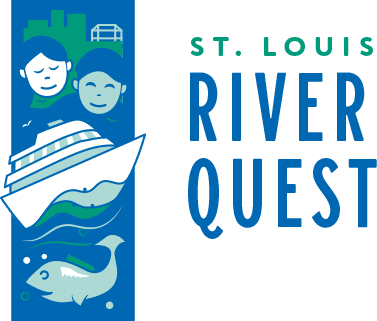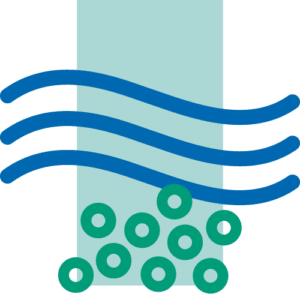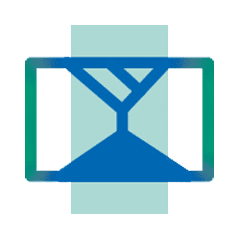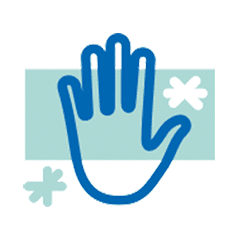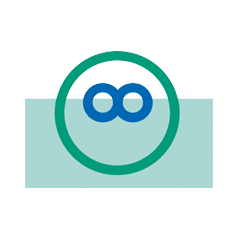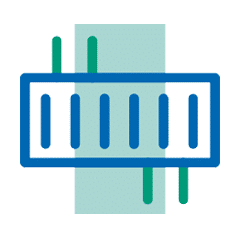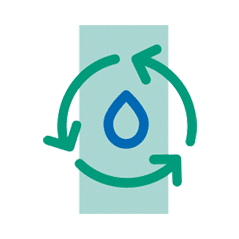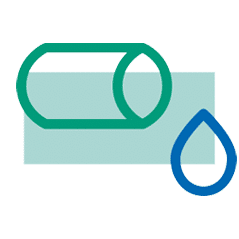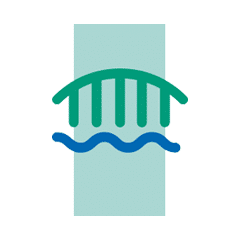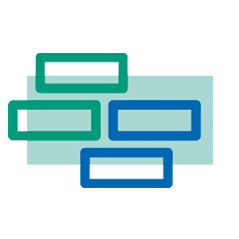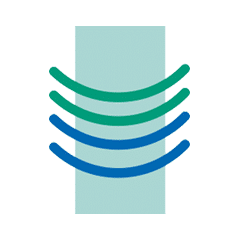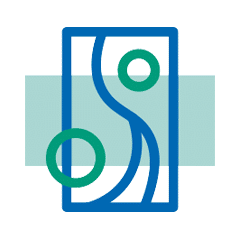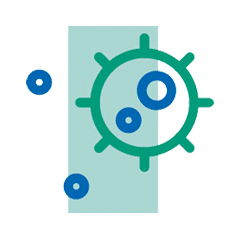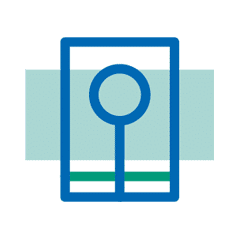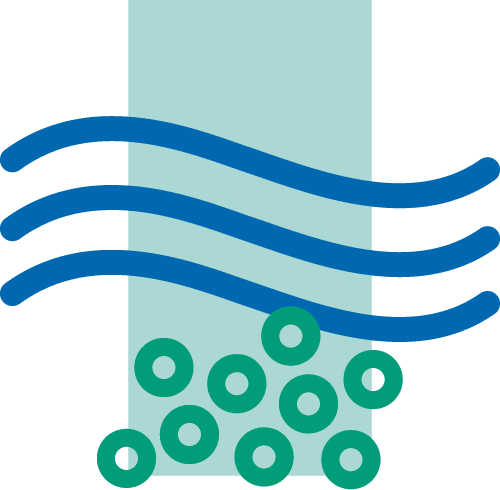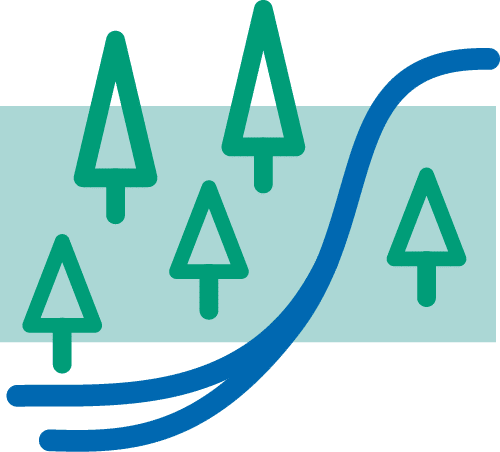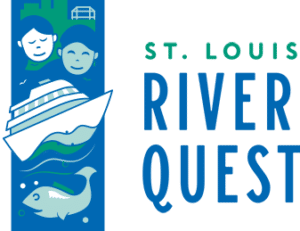Chocolatey milk brown water after a storm, slimy squish feeling between your toes, or even the feeling of sandpaper. These are all examples of sediment being transported and deposited in our aquatic ecosystems! But that’s not all that is being locked away on lake bottoms. Chemicals and debris may also be transported into water bodies and get stuck in the mud.
How do we identify what is harmful to humans and other living organisms? More importantly, how do we remove these from the environmental systems they pollute?
This station will introduce students to a monitoring program, the Great Lakes Sediment Surveillance Program (GLSSP), whose goal is to locate and identify pollution in the mud at the bottom of the Great Lakes. Students will help clean up pollution and in doing so will learn why some pollutants are harder to remove from the mud than others.
